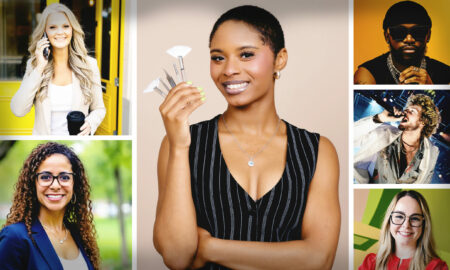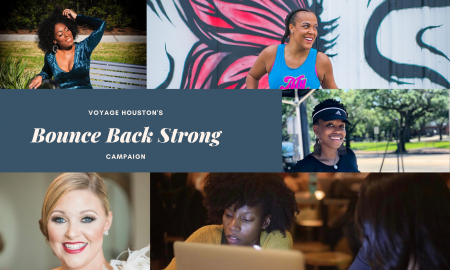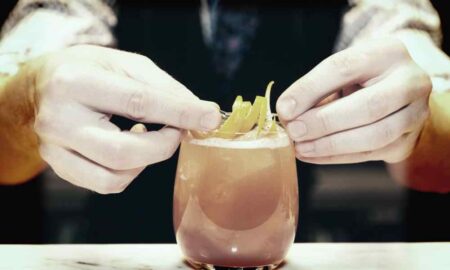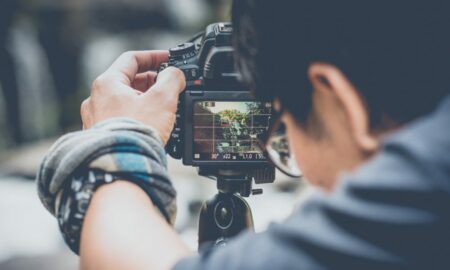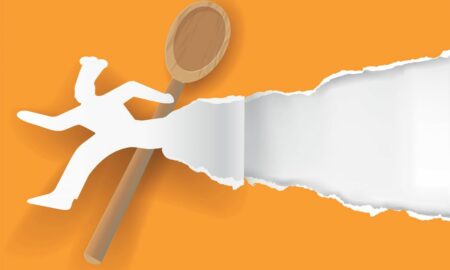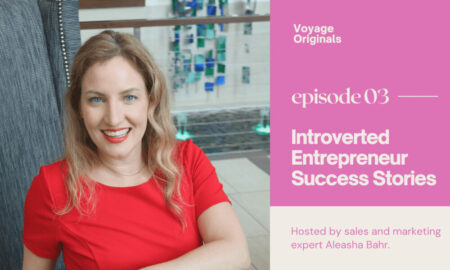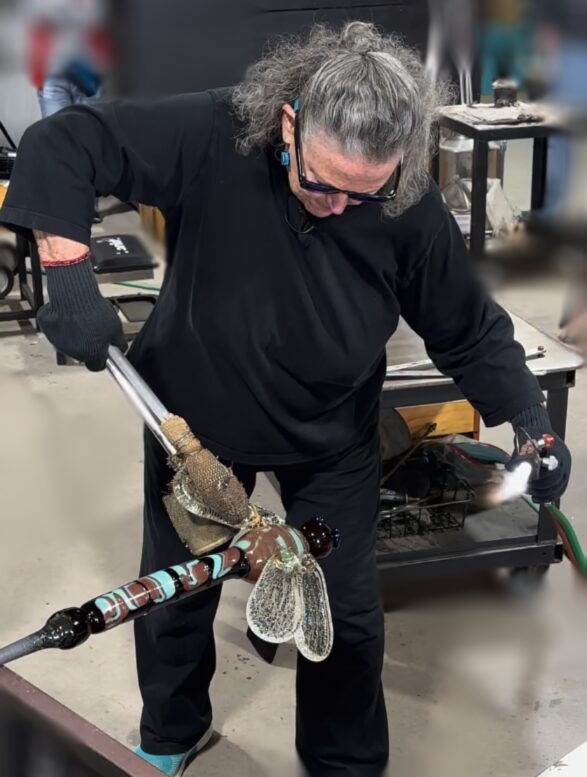

We’re looking forward to introducing you to Sally Pennington Moore. Check out our conversation below.
Sally, a huge thanks to you for investing the time to share your wisdom with those who are seeking it. We think it’s so important for us to share stories with our neighbors, friends and community because knowledge multiples when we share with each other. Let’s jump in: What is a normal day like for you right now?
Every day is a new adventure, but I always try to start with some quiet time and a latte.
Can you briefly introduce yourself and share what makes you or your brand unique?
I have been creating things all my life.
For the first 35 years of my professional scientific career, I modeled the Earth to evaluate and exploit economic mineral deposits. I examined the strata to understand fluid flow and the effects of temperature and pressure on mineral development. I integrated disparate data to form concepts that could be sold to management, other companies, or international markets. It was the extraordinary life of an economic geologist selling her ideas.
Now I am a glassmaker selling my ideas in the form of art. I work with molten fluids and observe how metal oxides (in terms of color) affect the mobility and density of the glass. I create strata with fused pattern bars or plumes of color, similar to magma chambers, in hot glass to investigate their behavior. My work involves casting, fusing, blowing, and coldworking glass into forms that can be slumped or transformed into art in various sizes, ranging from wearable pieces to wall and ground installations.
I remember the first time I blew glass. My husband, Michael K Brown, told me he had always wanted a glass blowing studio. I answered, a what? So we went to Seattle, where I dipped my pipe for the first time and fell in love. The molten glass twirled like honey on a spoon. I remember my heart beating out of my chest as I took my first trip to the marver. I was so afraid it was going to drip off the pipe. I hung it off the edge and blew my first bubble. I was hooked!
When we came home, we shared a dream, and our new adventure to build a glassblowing studio began. Our son decided to assist us in our start-up. He began by taking a class and fell in love with glass. So now there were three. We had a vision and diverse backgrounds and skill sets.
We started growing our knowledge and building a community. Our presentation involves the strength of community, the insights gained while building equipment, and learning to blow glass “on the job” while starting and running a small business.
Glassblowing Houston is a creative center that shares knowledge and enthusiasm for glass and serves the public. How else could we share our enthusiasm and knowledge of glass with hundreds, if not thousands, of people? We are all about Enriching lives through artistic self-expression.
Appreciate your sharing that. Let’s talk about your life, growing up and some of topics and learnings around that. What breaks the bonds between people—and what restores them?
Relationships are fragile ecosystems that numerous forces can damage. When bonds break, they leave behind a particular kind of emptiness —a space where trust, intimacy, and connection once thrived.
The breaking often happens gradually, until it bursts like a dam. Small hurts accumulate like sediment, creating distance. Communication becomes surface-level or stops entirely. People begin to feel like strangers who once knew each other intimately. Sometimes, there’s a dramatic rupture—a lie exposed, a boundary crossed, words that can’t be taken back. At other times, it’s more like erosion, where the relationship wears away under the weight of inattention or incompatibility.
Broken bonds are so painful because they represent not just the loss of the other person, but the loss of who we were in relationship with them. We lose shared history, inside jokes, and the version of ourselves that only existed in their presence. The future we imagined together becomes a ghost that haunts the present.
Restoration, when it happens, is both more straightforward and more complex than you expect. It requires something rare: the willingness of both parties to be vulnerable again, to risk being hurt in the same way twice. It demands acknowledgment of what went wrong without getting trapped in blame or defensiveness. Real repair means sitting with the discomfort of having caused pain or having been wounded, sometimes both simultaneously.
The process often starts with small gestures – a genuine apology that doesn’t minimize or excuse, a willingness to listen without immediately defending, the courage to share how the break affected you. Trust rebuilds slowly, through consistent actions rather than grand promises. The relationship that emerges is different from what came before, scarred but perhaps more honest, more aware of its fragility.
Not all bonds can or should be restored. Some breaks reveal fundamental incompatibilities or unhealthy patterns that are better left behind. The wisdom lies in knowing the difference between relationships worth fighting for and those that need to end for everyone’s well-being.
When restoration does happen, it often creates a more profound connection than existed before the break. There’s something powerful about choosing each other again, about proving that the relationship can survive its imperfections. It’s like a bone that heals stronger at the fracture point – not unmarked by the trauma, but made more resilient because of it.
If you could say one kind thing to your younger self, what would it be?
I would want to tell myself to think more thoughts and have more feelings, and that the ones I have are worth paying attention to. That when I have that gut feeling that says something isn’t right, I should listen. It’s usually picking up on something real, even if I can’t articulate it. The mind is already working – trust it to be your guide.
The world will try to convince you that being agreeable is the same as being good, but they’re not the same thing. You can be kind and still have strong opinions. You can be thoughtful and still speak up when something matters to you. Your perspective is shaped by your unique experiences and your way of seeing things – that’s not arrogance, it’s simply what you bring to the conversation.
Stop apologizing for taking up space with your ideas. When you preface everything with “I might be wrong, but…” or “This is probably stupid, but…” you’re teaching people to discount what you’re about to say before you’ve even said it. Start from the assumption that your thoughts are worth hearing, because they are.
That voice in my head that questions whether I’m smart enough, experienced enough, qualified enough to have an opinion? It’s not protecting me from embarrassment – it’s protecting me from growth. Every expert was once a beginner who decided their developing thoughts were worth sharing.
Next, maybe we can discuss some of your foundational philosophies and views? Is the public version of you the real you?
I am me, all of me. I am a creative, an enthusiastic glass studio and gallery owner, a woman of science, a learner, a doer, a yoga practitioner, a relative, and a million other things. I am the sum of all my experiences, and the sum is greater than the parts.
Before we go, we’d love to hear your thoughts on some longer-run, legacy type questions. What do you understand deeply that most people don’t?
My legacy is the “blood of my blood” and the things I have worked so hard to build. It is more intimate and enduring than monuments, awards, or being remembered by strangers.
My legacy, “blood of my blood,” extends beyond simple biology; I am referring to the continuation of values, character, and wisdom through the people who come after me. My son and his children carry forward not just my genetic material but my influence on how they see the world, how they treat others, and how they respond to adversity. Every lesson I’ve learned, every lesson I’ve taught, every example I’ve set, every moment I chose patience over anger or courage over comfort – that lives on in them in ways that extend far beyond their lifetime.
This understanding recognizes that we are not isolated individuals but links in a chain that stretches both backward and forward. The strength, resilience, and wisdom I’ve developed won’t die with me; they get woven into the fabric of the people I’ve shaped. Hopefully, my grandchildren will make decisions influenced by values I helped instill in them and their parents, creating ripples that extend far beyond what anyone can see.
The things I’ve “worked hard to build” aren’t just about material wealth or professional accomplishments, though those matter too. It’s about the relationships I’ve nurtured, the trust I’ve earned, the stability I’ve created, and the problems I’ve helped solve. It’s about the foundation I’ve laid that others can build upon. It may be my business, Glassblowing Houston, that enables families to create a home that provides security, systems, and structures that make life better or easier for the people I care about.
Most people don’t grasp that legacy isn’t about fame – it’s about influence. It’s not about being remembered by everyone, but about being carried forward by the people who matter most. They don’t understand that the most powerful legacies are often invisible to the outside world but absolutely essential to the people who inherit them.
Contact Info:
- Website: https://glassblowinghouston.com
- Instagram: https://www.instagram.com/glassblowinghouston/
- Linkedin: https://www.linkedin.com/in/sallypmoore/
- Facebook: https://www.facebook.com/Glass3DV/
- Yelp: https://www.yelp.com/biz/glassblowing-houston-tomball
- Youtube: https://www.youtube.com/channel/UCRkYSVl2AR2SAaI-Q063rRg
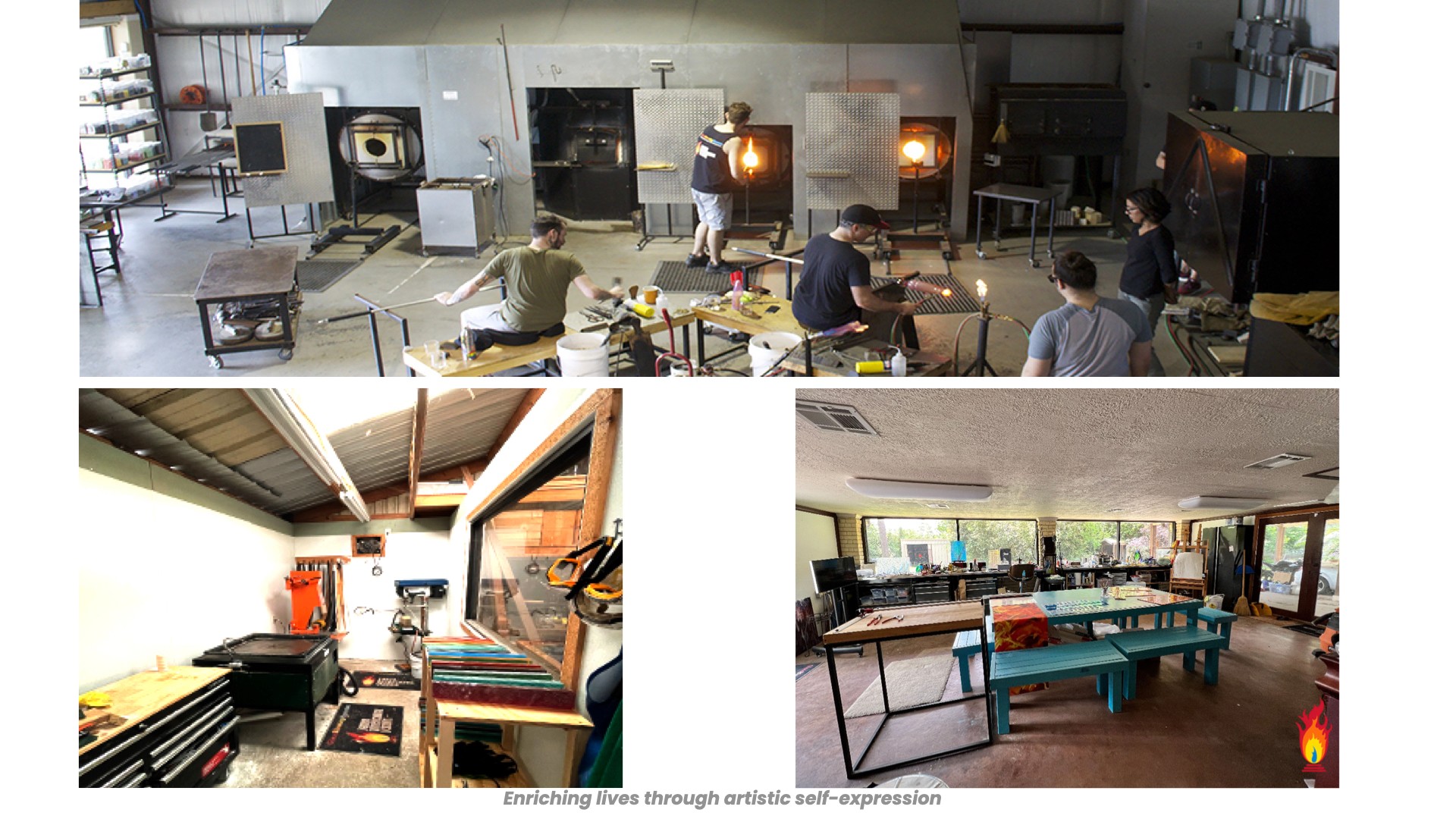
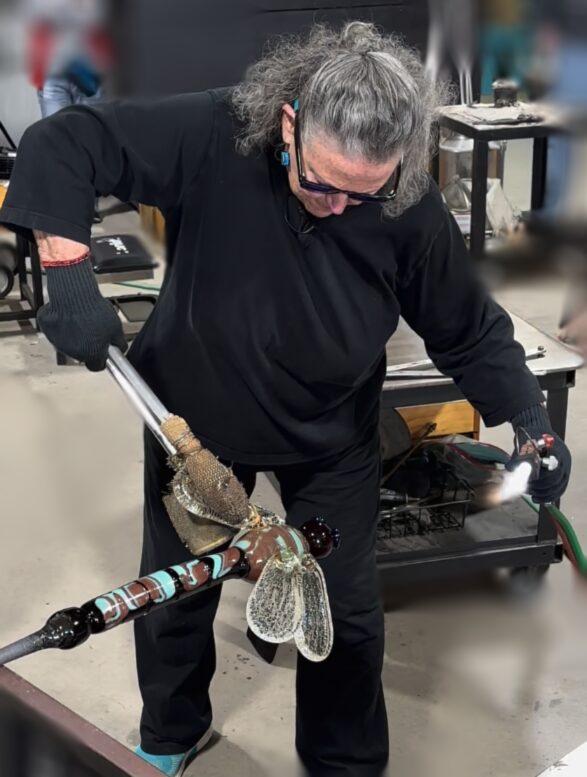

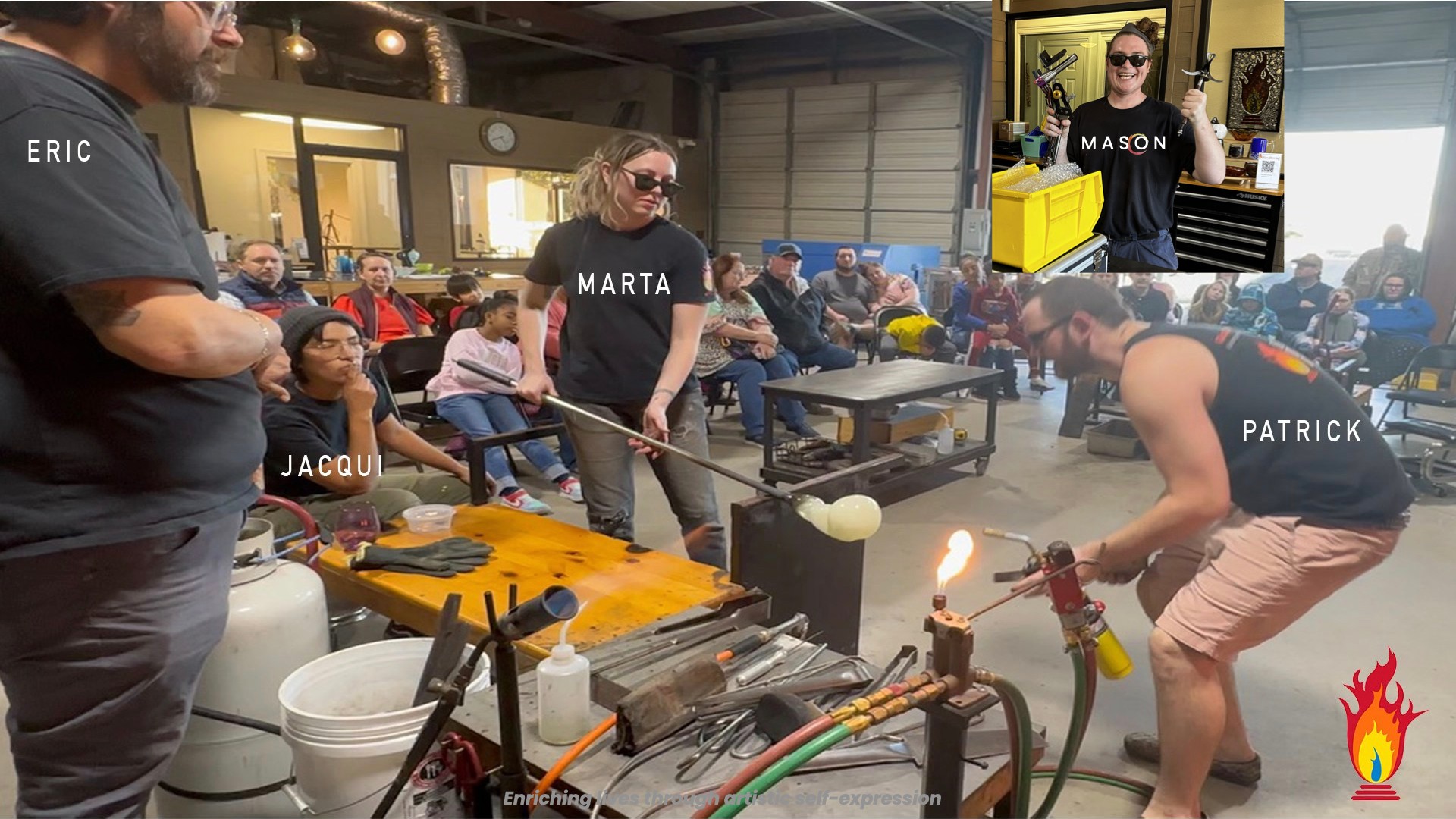
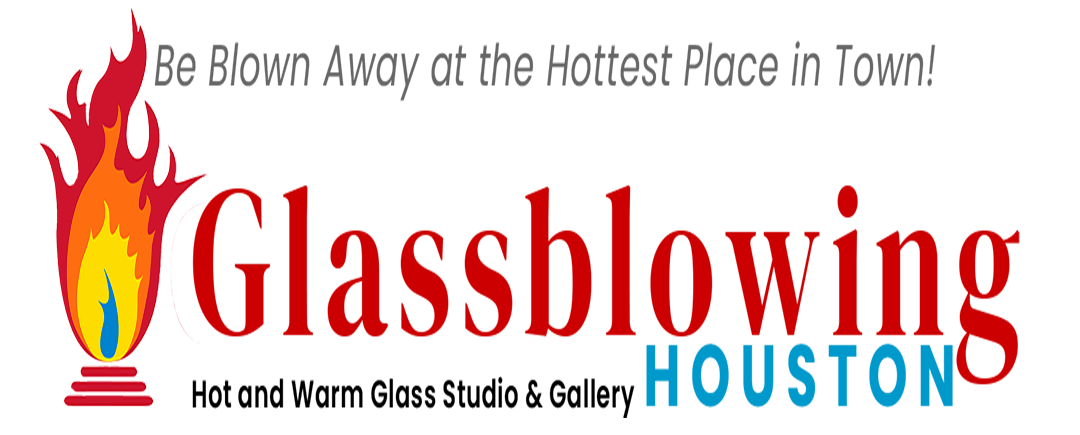
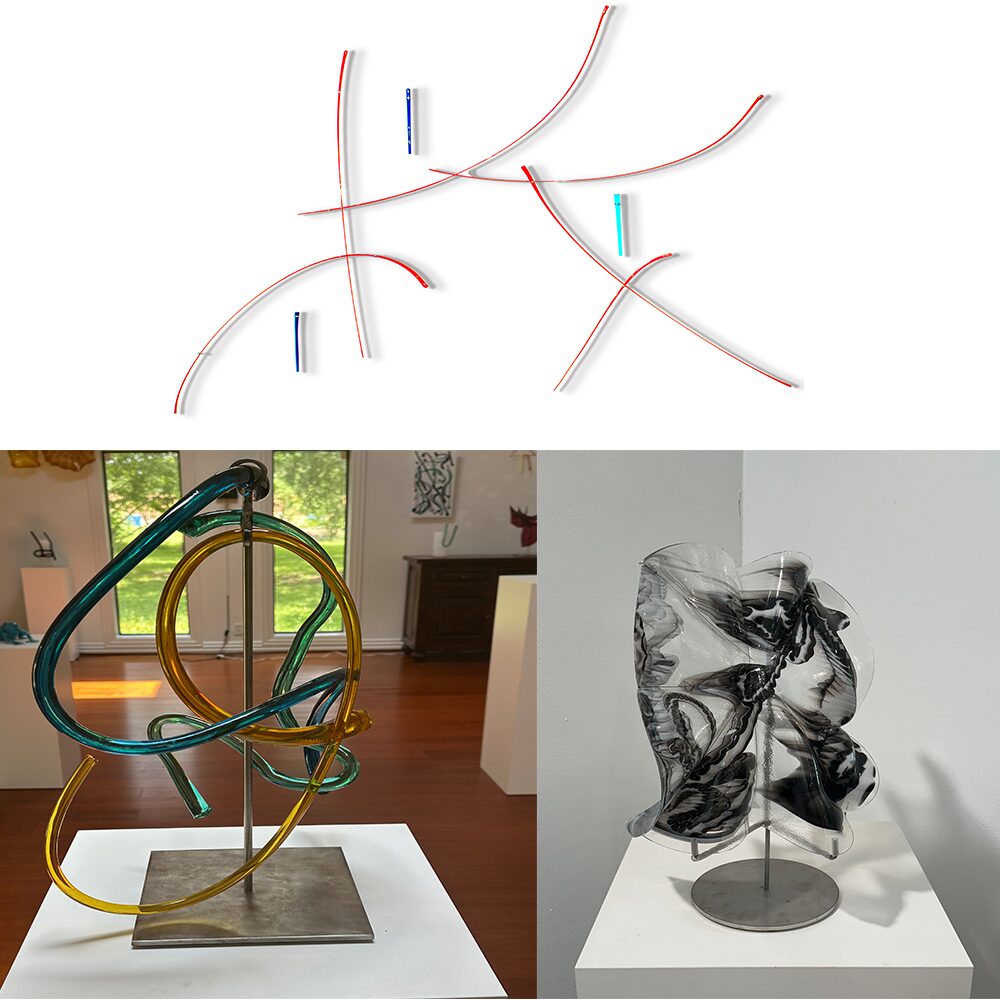
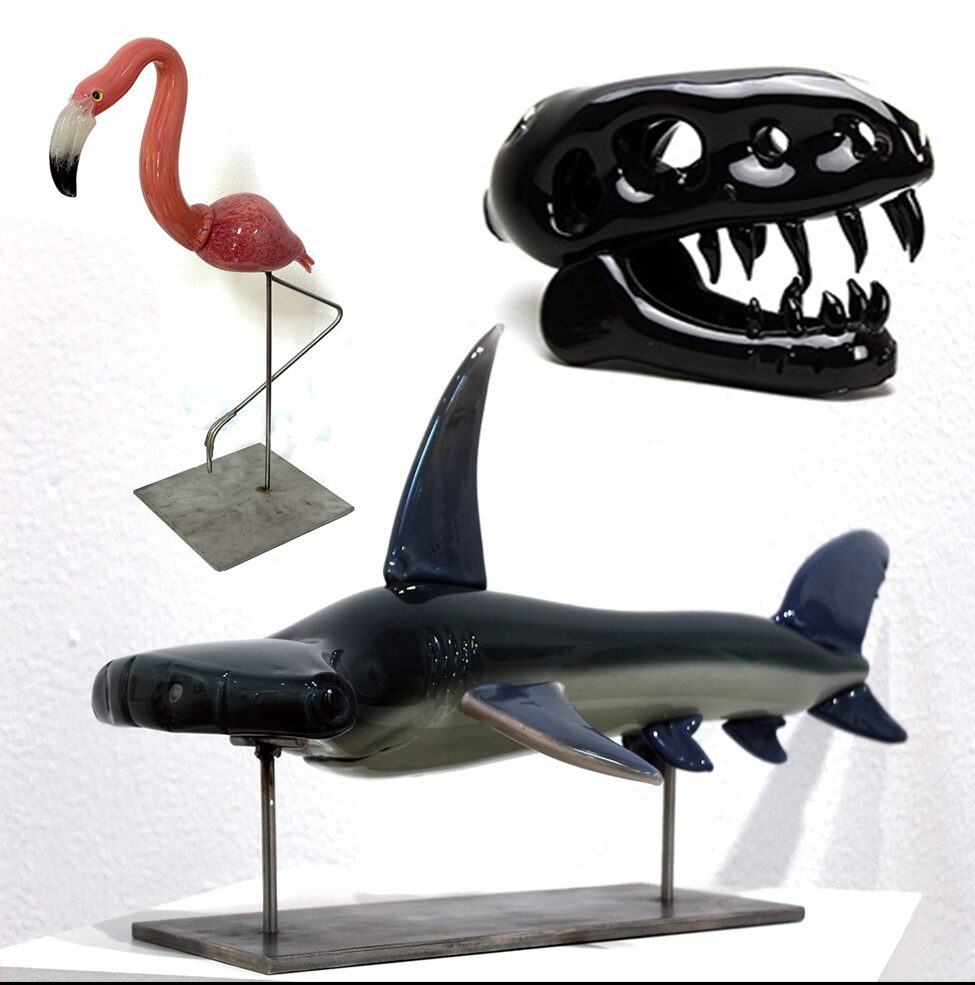
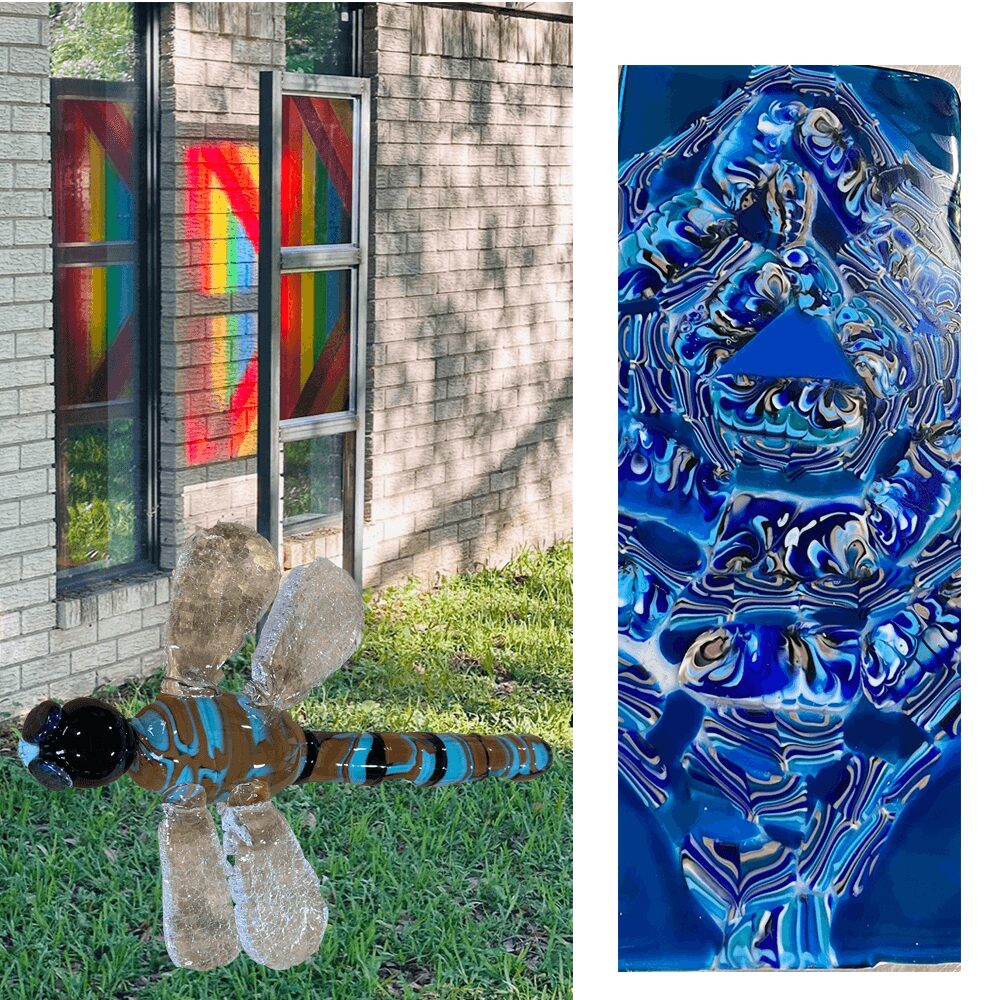
Image Credits
All photos by Sally Pennington Moore

